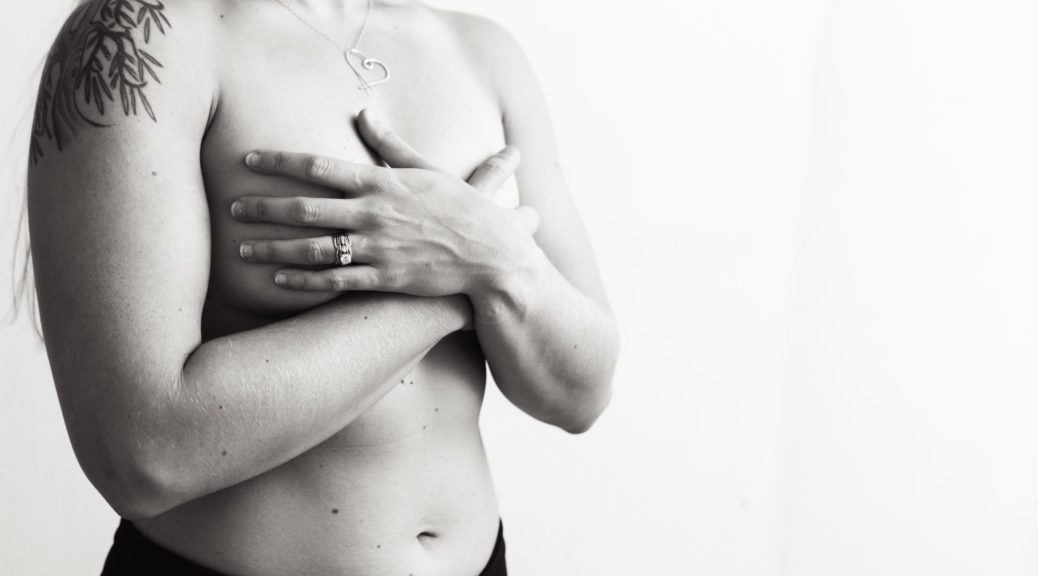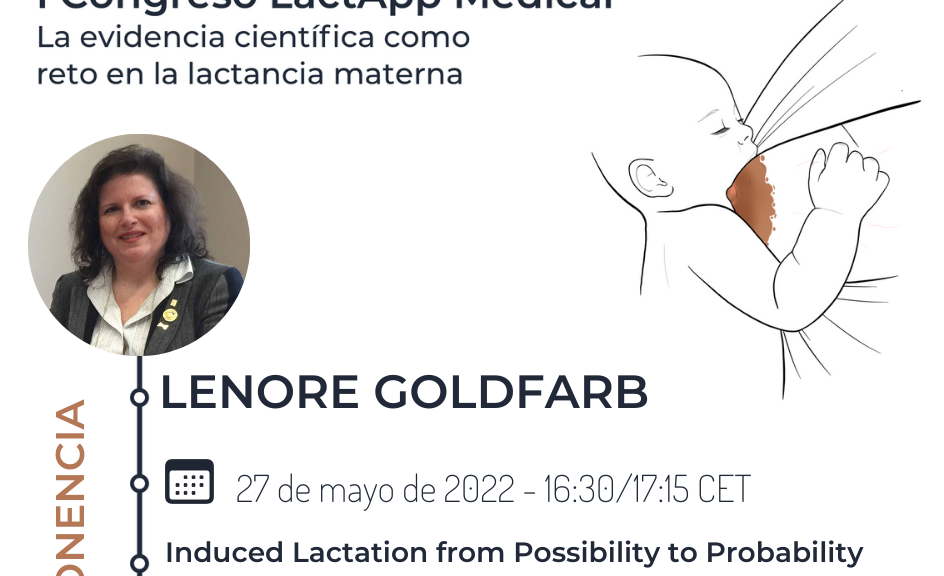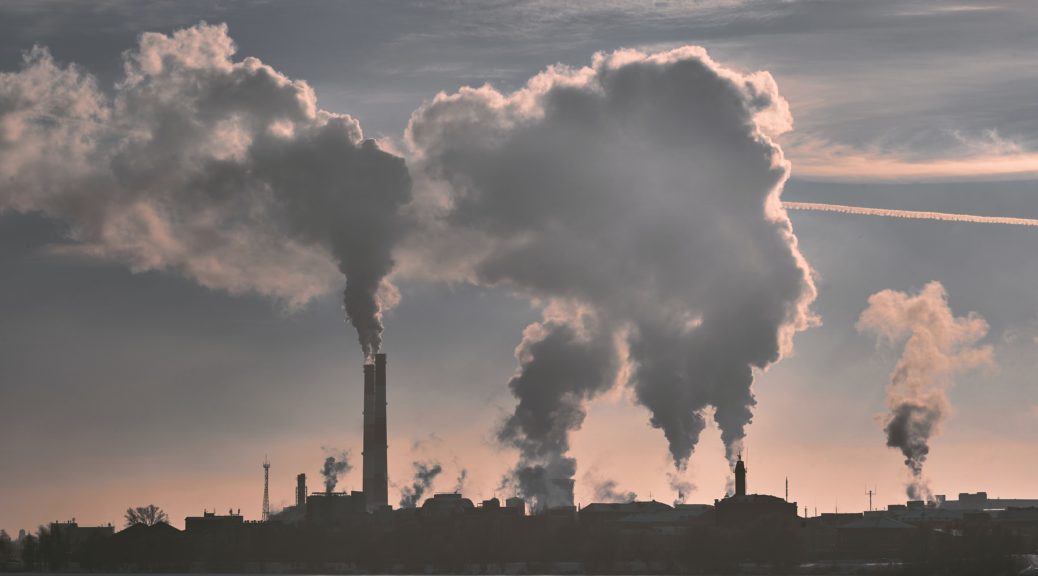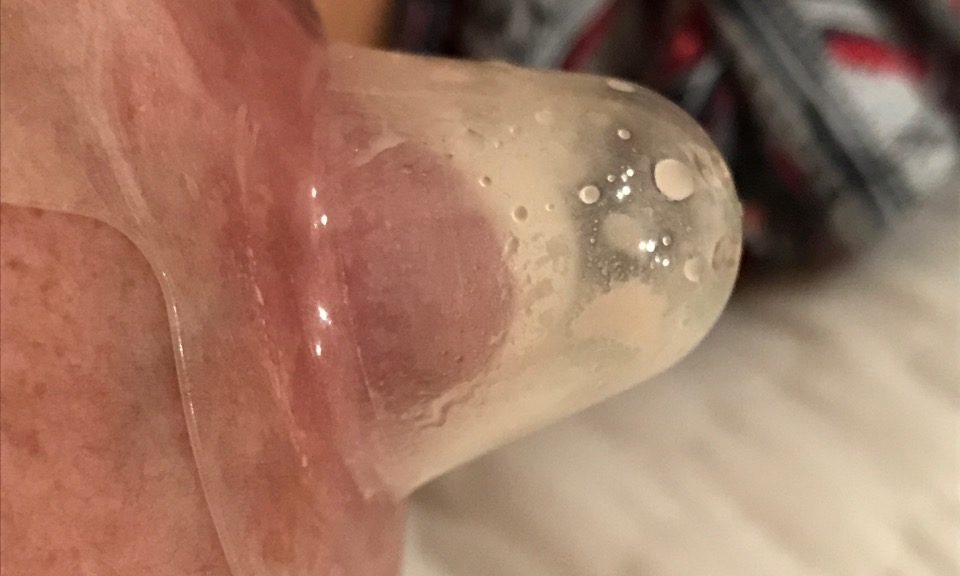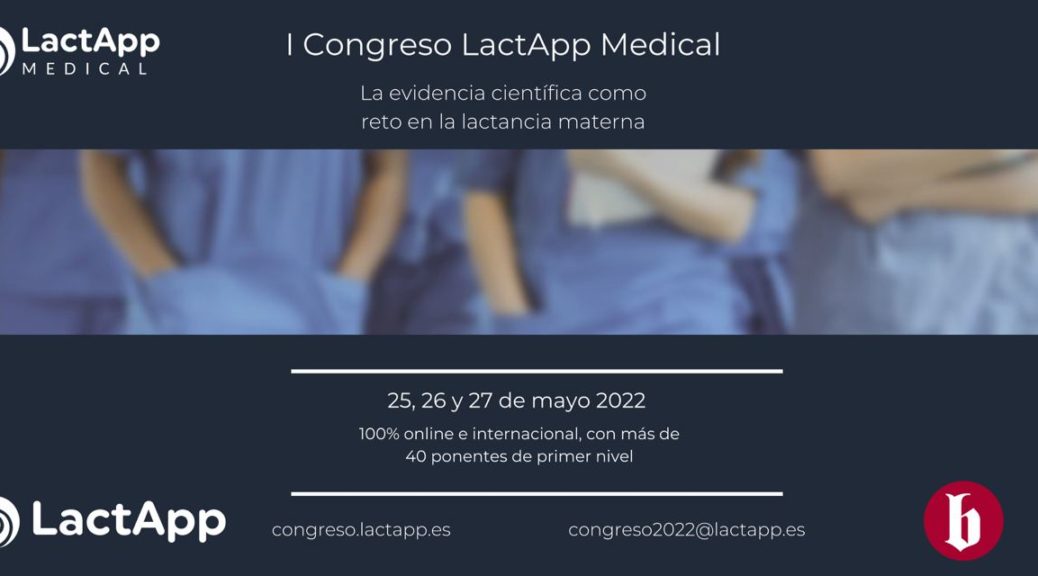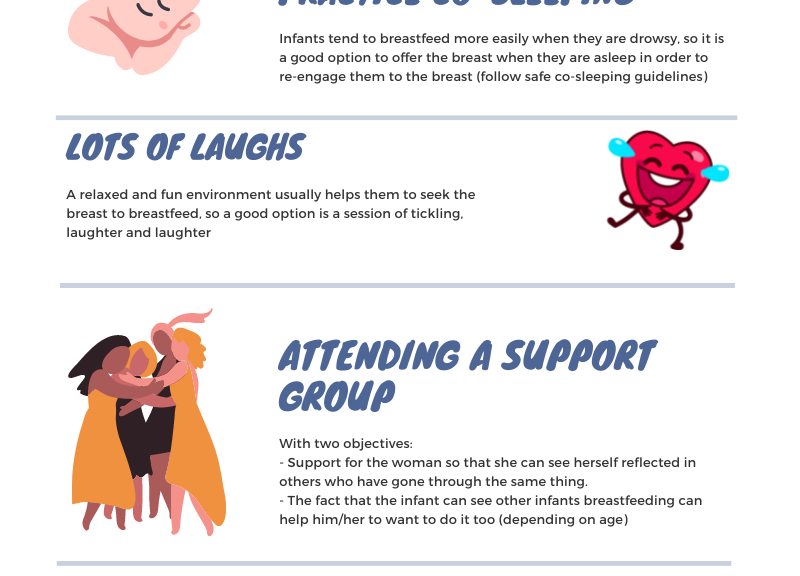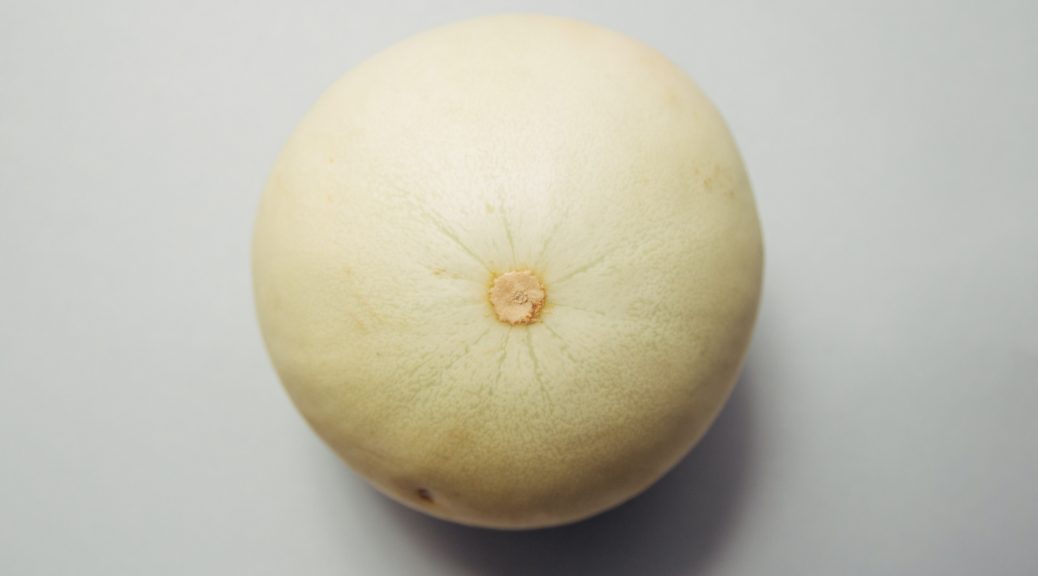Does abrupt weaning increase the risk of breast cancer?
In 2019, Basree et al. published a scientific study in which they studied whether abrupt weaning caused histological and molecular changes in the mammary gland (1) with the aim of understanding possible mechanisms of cancer protection in extended breastfeeding. This study assumes that breastfeeding generally decreases the risk of breast cancer, but it has been observed that the duration of breastfeeding has an impact on the risk of developing some types of cancer, such as triple negative breast cancer (TNBC),…
